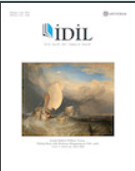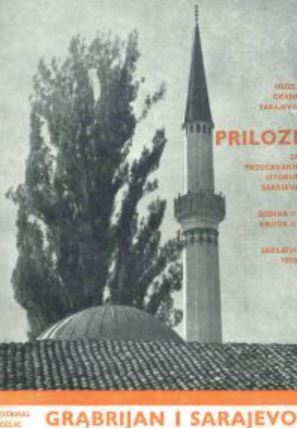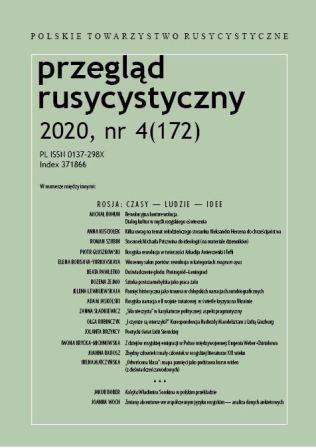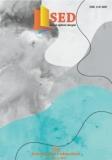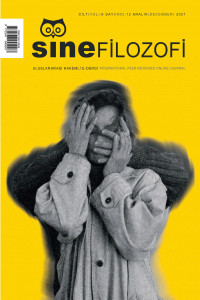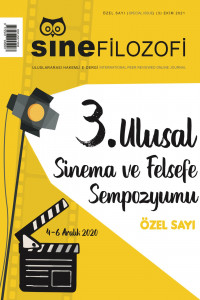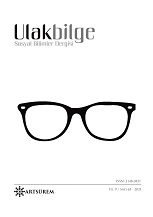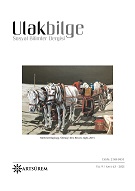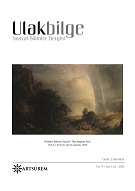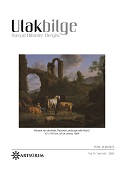Author(s): Serkan Çalişkan / Language(s): Turkish
Issue: 63/2021
The war arising from many issues such as religion, political disputes between the states, ethnicity is a phenomenon that keeps up-to-date in our day. Thanks to today's technology, information about wars is spread rapidly from many sources to the world and it becomes easier for different societies to reach this information. When the periods during which this technology could not be possessed in the historical process are taken into account, information about wars reaches us by means of historical documents such as government correspondences and also reaches the present day by means of many written or visual art works. When we place aesthetic concerns on one side, nowadays, these works acquire the qualification of a document by means of the articulation of disciplines, such as history, sociology and art, to each other and the relationship they established with each other. When Turkish painting art is examined based on these explanations, war descriptions in the Turkish miniature art before Westernization frequently appear us. After modernization, war paintings were also among the subjects preferred by the artists. It is known that the production dates of war paintings have been discussed not only during and after the war periods but also by some artists today in Turkish painting history. Artists who study the subject of war often include the flag image in their compositions. It is known that the flag has contained symbolic uses both in today and in past wars. When it is considered from this point of view, the descriptions of flags representing the nation in war paintings are frequently encountered. In studies containing flag, the flag image is often based on the themes of heroism such as state, public, Turkism, freedom and resistance. Although the style is mostly figurative in paintings that contain flags, impressionistic effects are also encountered. When warthemed paintings in Turkish painting art are examined with this reference, it is seen that both land and sea wars are depicted such as the Dardanelles Battle, the Balkan War, and the War of Independence. Within the context of the topics described above, the use of war and flag image in the studies of Turkish artists such as Zeki Faik İzer, Şeref Akdik, Abidin Elderoğlu, Avni Arbaş, Diyarbakırlı Tahsin, Hüsnü Tengüz, Mehmet Başbuğ, and what the meanings the flag has will be investigated in this study.
More...
